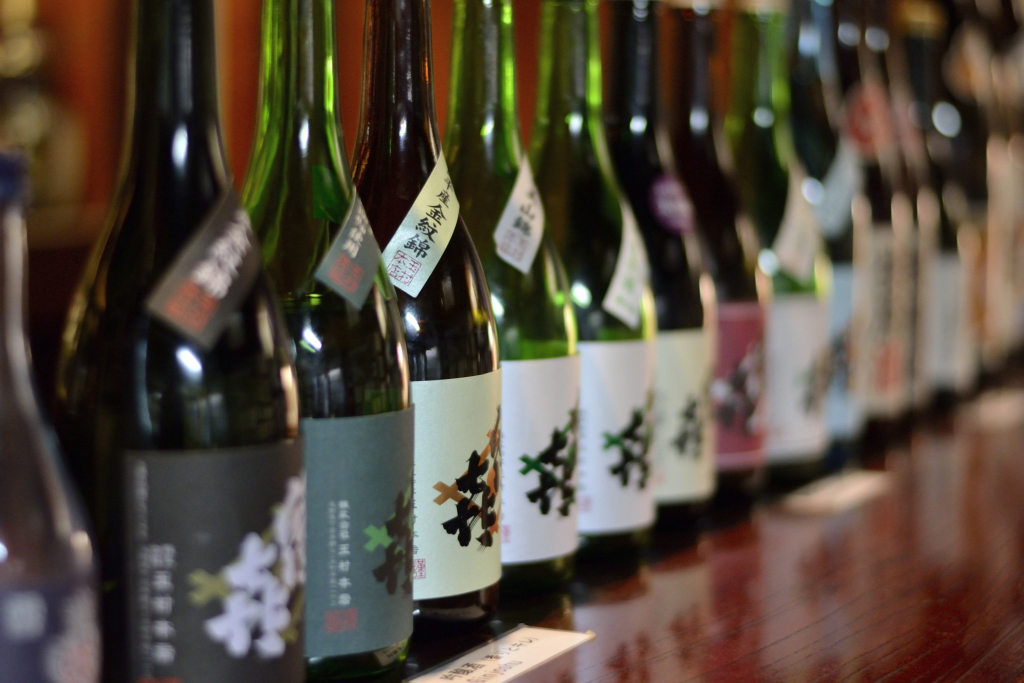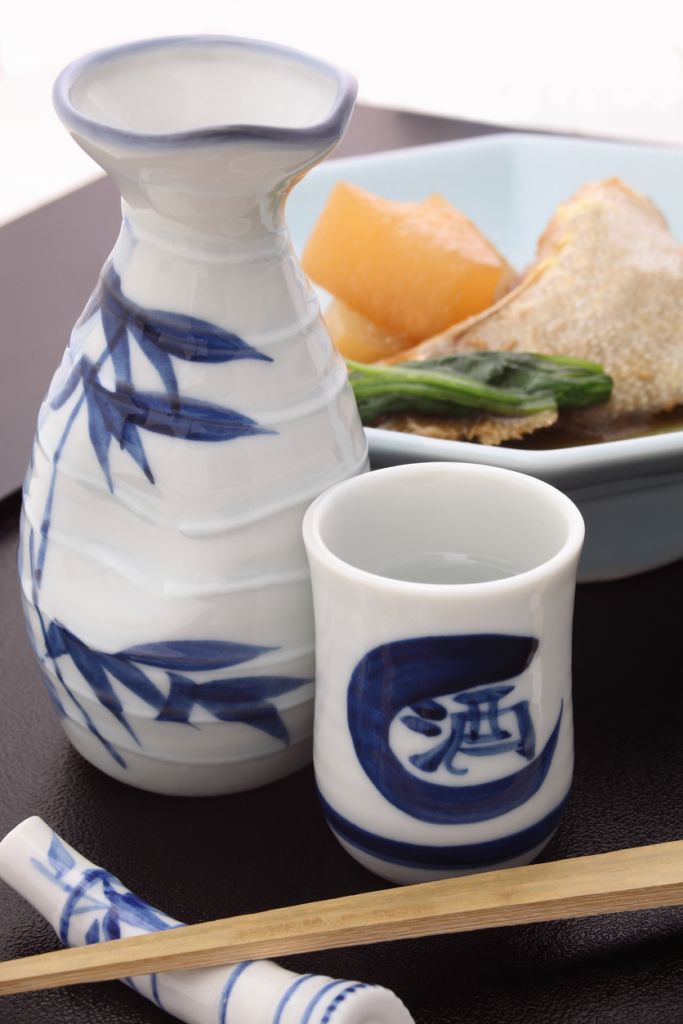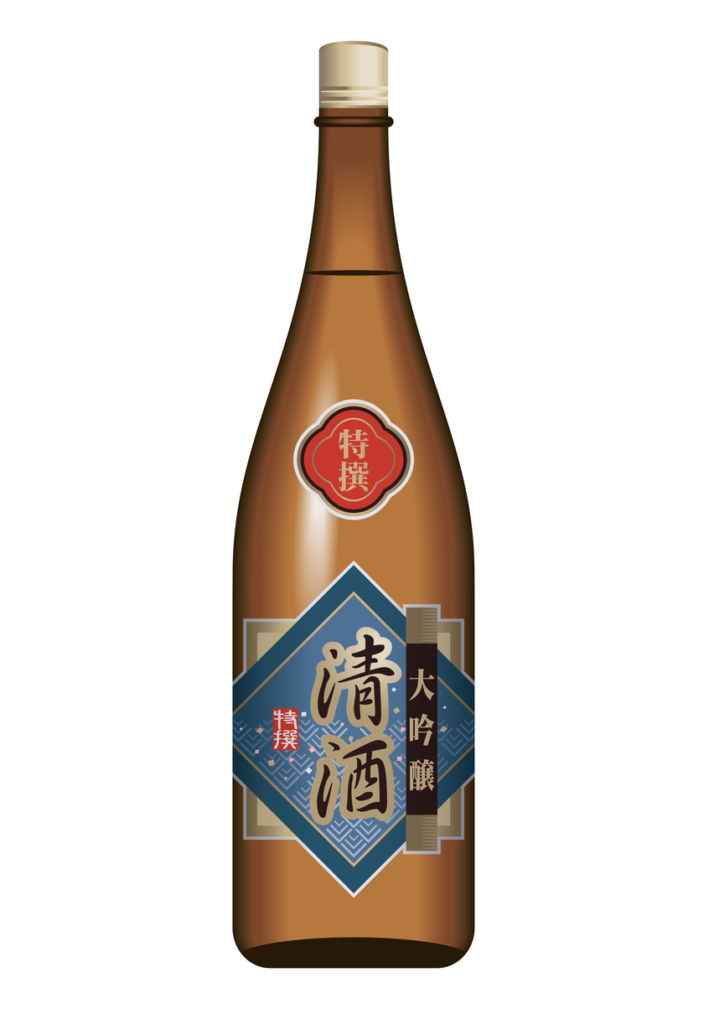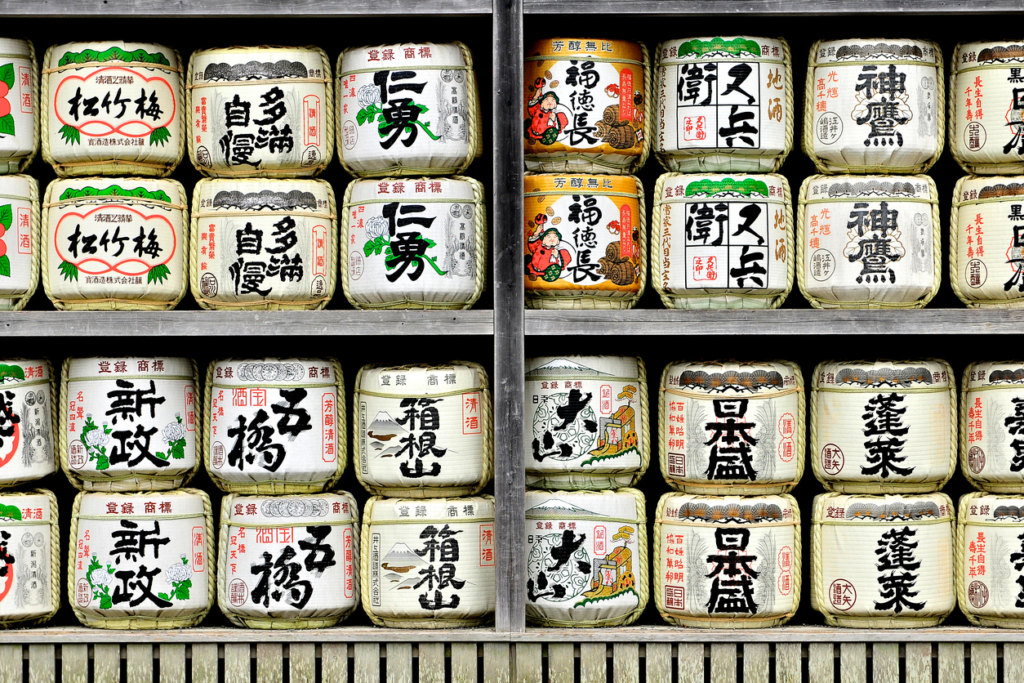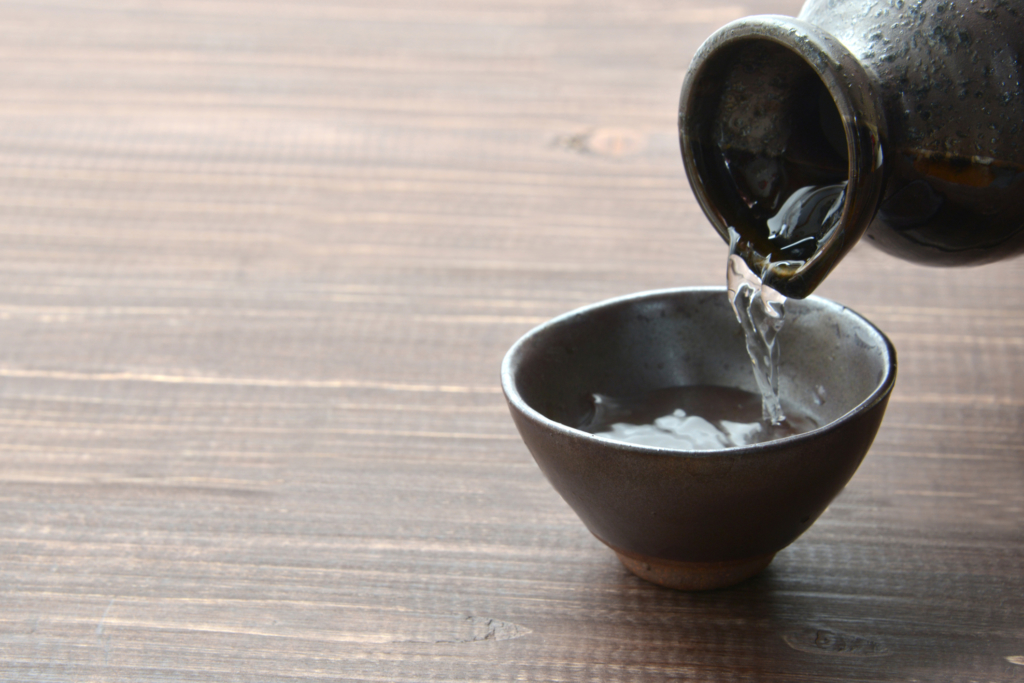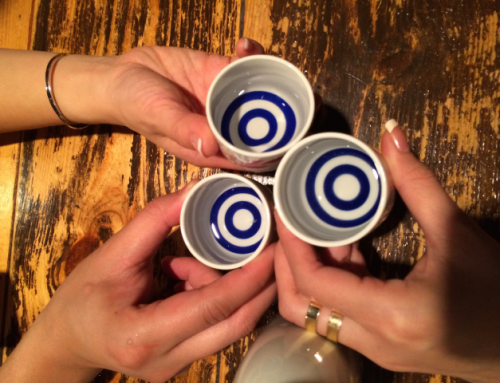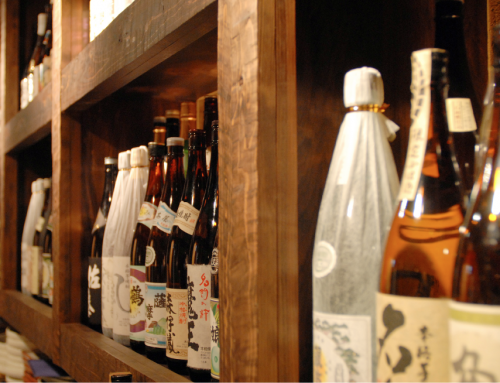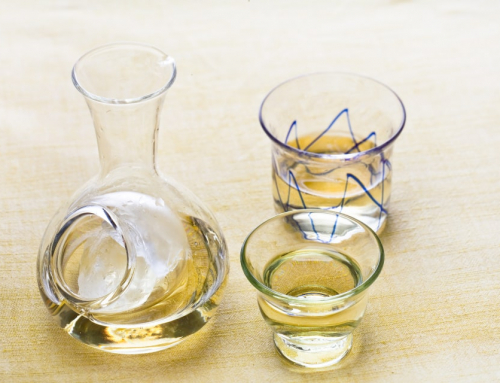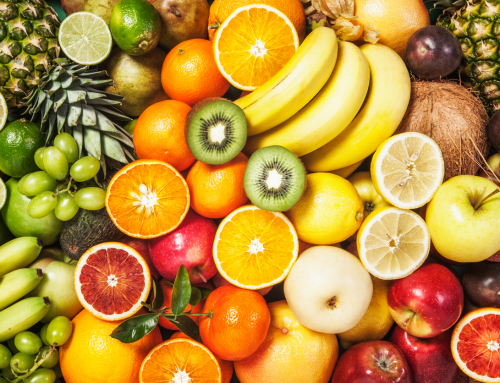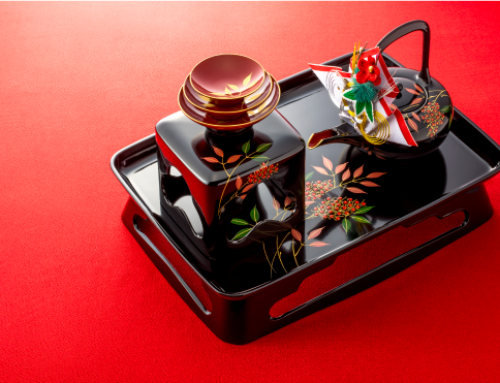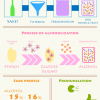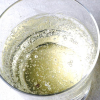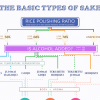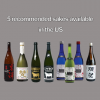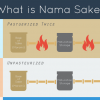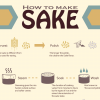Contents
There are many kinds of SAKE such as Daiginjo and Jummaishu,and you cannot find the difference especially you are a beginner drinker.
I think if you drink SAKE person, you actually don’t know about deeply.
I will show you the types of SAKE and each feature.
1.The types of SAKE
1.1 To classify by the ingredient
You can classify the 2 types of SAKE by the ingredient.
①rice, malted rice, water
②rice, malted rice, water, distilled alcohol
Malted rice is what to produce bacteria putting koji bacteria to steamed rice.
SAKE’s taste is dependent on a condition of the bacteria.
Distilled alcohol is brewed from sugar cane and rice.
It’s said distilled alcohol is added to increase the amount, though it is wrong. As for Ginjoshu and Hon-ginjoshu,
a maximum of adding distilled alcohol must be less than 10% of amount of white rice which is the main ingredient,
so that distilled alcohol is used to adjust the quality and the alcohol percentage, if anything.
When you add distilled alcohol, the aroma of SAKE becomes strong and also tastes clear.
The types of SAKE by the ingredient are the followings,
①SAKE made from ‘rice, malted rice, water’
・Jummaishu
・Jummai Ginnjoshu
・Jummai Daiginjoshu
・Special Jummaishu
②SAKE made from ‘rice, malted rice, water, distilled alcohol’
・Ginjoshu
・Daiginjoshu
・Hon Jozoshu
・Special Hon Jozoshu
8 kinds of SAKE mixed ① and ② are called ‘Tokutei meishou shu,’ which must be contained more than 15 % malted rice.
1.2 To ranked by the percentage of the polished rice
Tokutei meishou shu indicates from expensive SAKE to cheap one. And the price is based on the percentage of the polished rice.
This is the percent to remove from the surface of brown rice.
The percentage of the polished rice is 70%, it indicates that 30% of the weight is removed from the surface of brown rice.
The surface of rice contains much nutrition such as protein and vitamins, but too much nutrition might lose aroma and taste of SAKE.
Less and less percentage of the polished rice requires removing much rice and makes sophisticated taste and fine aroma so that the price becomes expensive in proportion to them.
①A standard percentage of the polished rice of SAKE made from ‘rice, malted rice, water’
・Jummaishu: no rules
・Jummai Ginnjoshu: less than 60%
・Jummai Daiginjoshu: less than 50%
・Special Jummaishu: less than 60% or special way to make (an indication to explain needed)
②A standard percentage of SAKE made from ‘rice, malted rice, water, distilled alcohol’
・Ginjoshu: less than 60%
・Daiginjoshu: less than 50%
・Hon Jozoshu: less than 70%
・Special Hon Jozoshu: less than 60% or special process (an indication to explain needed)
If you find ‘Dai’ in the name of SAKE, it shows an executive SAKE with small percentage of the polished rice.
‘Special’ in the name of SAKE such as Special Jummaishu and Special Hon Jozoshu, shows that SAKE maker has a special care of ingredients or process.
‘Ginjo’ means to distill carefully.
It is a traditional process to ferment well-polished white rice in low temperature completely and carefully. This makes inimitable ‘aroma of Ginjo.’
2.The differences and features by the type of SAKE
2.1 Jummaishu
The feature of Jummaishu is rich aroma and taste of SAKE itself.
Compared with Ginjoshu with distilled alcohol, it has fewer aromas. But the rich taste makes a good match with other dishes.
Jummai Daiginjoshu, which less and less percentage of the polished rice makes sophisticated and clear taste.
2.2 Ginjoshu
This is smooth-throat-feeling SAKE with tanrei (crispy and dry), clear, elegant taste and brilliant, fruity aroma.
This SAKE would rather tastes like white wine, so if you are not fond of thick and rich aroma of Jummaishu, you should drink Ginjoshu.
Dai Ginjoshu is the most executive SAKE with brilliant and stronger aroma itself. You can have pleasant aftertaste.
I recommend you to drink it cold.
When you keep cold Dai Ginjoshu in your mouth, it makes warm with your body temperature and then, spread in your mouth.
My recommend is the first SAKE glass of Dai Ginjoshu before you get drunk.
Let’s savor the aroma before the smell of other dishes is mixed.
2.3 Hon Jozoshu
You can drink Hon Jozoshu rather easily because its taste is juicy, fresh, and clear. This is also reasonable.
The aroma is not so brilliant compared with Ginjoshu,
however, you can enjoy the rich aroma enough because it contains distilled alcohol.
Hon Jozoshu is mostly dry and its taste is so clear that you should drink it cold.
I’ve told you each feature of taste; Jummaishu, Ginjoshu, and Hon Jozoshu.
Each SAKE brand use different water and different rice; therefore, even if the type SAKE is same, each taste and aroma is different indeed.
Daiginjo is made of rice which is removed more, so it exactly needs much expense of ingredients and needs time and effort on making.
I suppose, however, there are many SAKE to be valued if it is not named Daiginjo.
“Every man to his taste.”
Let’s find your own favorite SAKE after tasting each.
3.ther types of SAKE
So far, I showed you 8 kinds Tokutei meishou shu. SAKE has various kinds more. Let’s check them out.
3.1 Fustuushu (expect for Tokutei meishou shu)
Tokutei meishou shu has a rule of the percentage of the polished rice or the amount of distilled alcohol.
The one which does not fall under the above is called Fustuushu.
Tokutei meishou shu is rather expensive so most people might think Futsushu is cheaper; however, it is not true.
Most of Futsushu are exactly cheaper and the percentage of distilled alcohol is bigger. ;
However, even if they are as excellent as Tokutei meishou shu,
they are classified as Futsushu because they are concerned about the rule of the process and ingredients.
3.2 Difference in process
SAKE is classified by not only ingredients but process.
①Namazake
In order to sterilize, the normal process of making SAKE requires a heat treatment called ‘Hi-ire.’ SAKE without ‘Hi-ire’ is called Namazake.
It is not easy for a long-term-preservation and circulation, while you can enjoy the brand-new fresh aroma.
‘Shiboritate’ and ‘Hatsu shibori,’ which you can taste only in the term for Shinshu (Brand-new SAKE) are also Namazake.
SAKE which is kept in the state of Namazake is called Nama Chozozake. ‘Hi-ire’ is carried out when you put it into bottles.
②Genshu
Genshu is SAKE with no water after fermentation.
Normally, you add water to adjust the alcohol content so that Genshu tends to contain high alcohol content. You can enjoy tick and rich aroma.
③Taruzake
This is SAKE put in a wooden barrel and you enjoy at kagamibiraki (a Japanese traditional event: New Year’s rice-cakes are cut.) or at some events to treat SAKE.
As longer, you keep SAKE in a barrel, more aromas you can smell. It is absolutely the pro-favorite taste.
④Kijoshu
As producing, Kijoshu is used SAKE instead of water, so it becomes syrupy and rich-flavored SAKE.
⑤Koshu (Choki jukuseishu)
When SAKE is shipped in the fiscal year, it is called Shinshu (Brand-new SAKE),
and in the next fiscal year it is called Koshu (Old SAKE, Choki jukuseishu). Over 2 years, it is called Dai koshu.
4.Conclusion
I showed you the types of SAKE and each features so far.
Although you can enjoy SAKE enough to drink only of course, more you learn about SAKE, you can feel how profound SAKE is.

